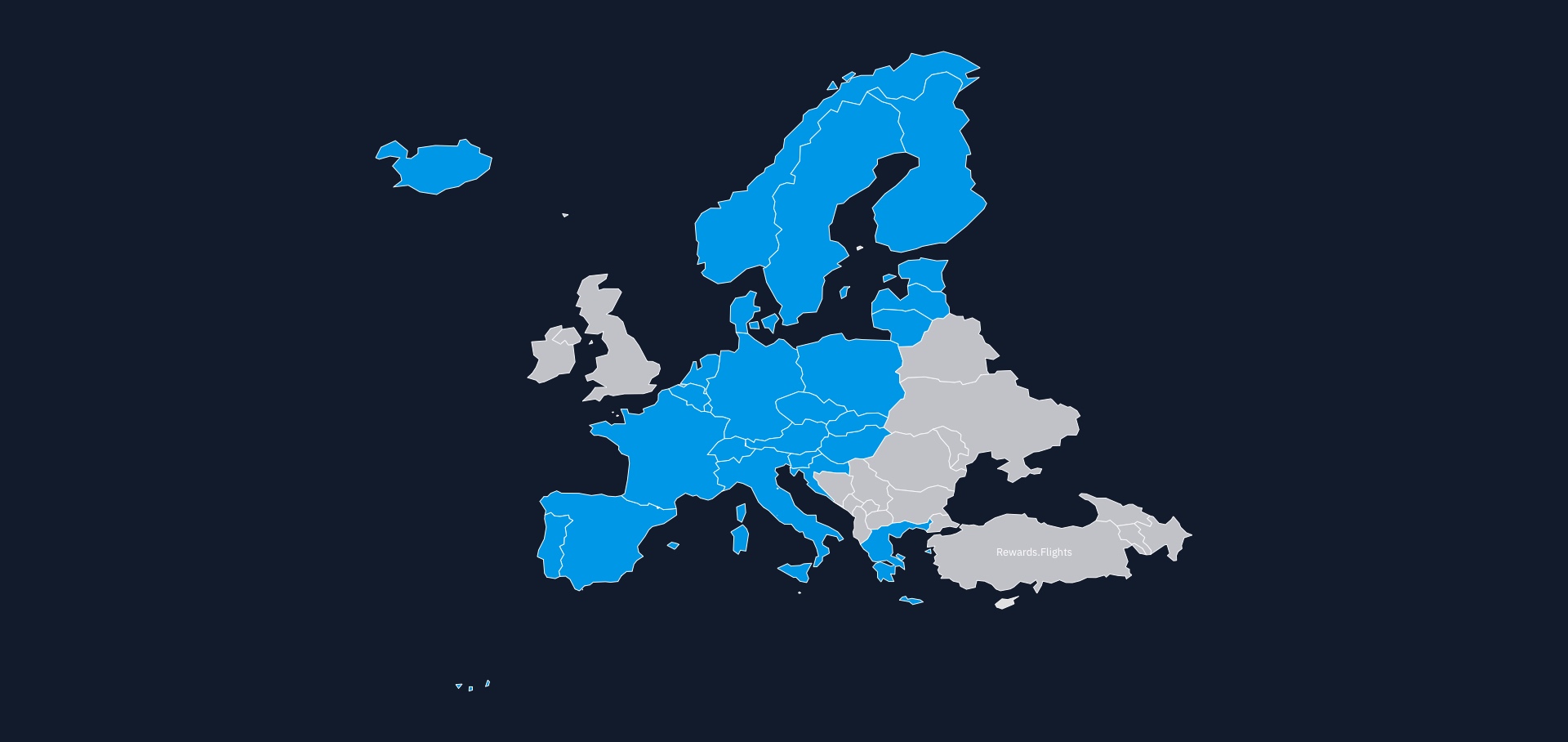
What is Schengen and which countries are in the Schengen area?
The Schengen Area allows travel through Europe without border controls, but what exactly does this entail and which countries are part of this zone? In this blog, we explore the benefits of the Schengen Area and provide an overview of the current Schengen countries.
What is Schengen?
The Schengen Area originated from the Schengen Agreement, which was signed on June 14, 1985, by five European countries: Belgium, Germany, France, Luxembourg, and the Netherlands. This agreement aimed to abolish border controls between these countries, enabling the free movement of people. Since then, the Schengen Area has expanded and now includes 29 countries that have opened their internal borders for free movement.
Benefits for Residents
As a resident of a Schengen country, you benefit from free movement within the Schengen Area. This means you can travel between member countries without passport controls. This makes business trips, vacations, and family visits much easier and faster. In the Schengen Area, over 400 million people can move freely, and approximately 3.5 million people cross the internal borders daily for work, study, or to visit friends and family (source: europa.eu).
Annually, an estimated 1.25 billion movements occur within the Schengen Area, which also benefits the tourism and cultural sectors. Additionally, the Schengen Area promotes economic cooperation and cultural exchange between member states, offering significant economic advantages for citizens and businesses.
Which Countries are Schengen Countries?
The Schengen Area currently consists of 29 Schengen countries that have abolished their border controls to allow free movement of people. This means residents within this Schengen zone can travel without border controls between member countries.
Croatia was the latest country to join the Schengen Area on January 1, 2023.

List of Schengen Countries
- Belgium
- Bulgaria
- Denmark
- Germany
- Estonia
- Finland
- France
- Greece
- Hungary
- Italy
- Croatia
- Latvia
- Liechtenstein (not in the EU, but in the Schengen Area)
- Lithuania
- Luxembourg
- Malta
- Netherlands
- Norway (not in the EU, but in the Schengen Area)
- Austria
- Poland
- Portugal
- Romania
- Slovenia
- Slovakia
- Spain
- Czech Republic
- Iceland (not in the EU, but in the Schengen Area)
- Sweden
- Switzerland (not in the EU, but in the Schengen Area)
Not All European Union (EU) Countries are Schengen Countries
Although the Schengen Area and the European Union are often mentioned together, they are not the same. Not all EU countries are automatically part of the Schengen Area. For example, Ireland has chosen to remain outside the Schengen Area and maintains its own visa policy.
Additionally, Bulgaria and Romania are EU member states but have not yet fully joined the Schengen Area. Other notable European countries that are not part of the Schengen Area include Cyprus, which is not yet a Schengen member due to political and geographical reasons, and Croatia, which only recently joined (on January 1, 2023).
Outside the EU, there are also some European countries that are not part of the Schengen Area, such as the United Kingdom and Serbia, which have their own visa and border policies.
Visa Policy within the Schengen Area
The Schengen Area has a common visa policy for short stays. Travelers from certain non-Schengen countries must apply for a visa to enter the Schengen Area. This visa, known as the Schengen Visa, allows them to stay for up to 90 days within a 180-day period in the Schengen Area.
For longer stays, such as for work, study, or family reasons, travelers must apply for a national visa at the destination country within the Schengen Area. The list of countries that can travel visa-free for short stays is regularly updated and can be found on the official website of the European Union.
Updated on 23 Aug 2024 - Lees in Nederlands
